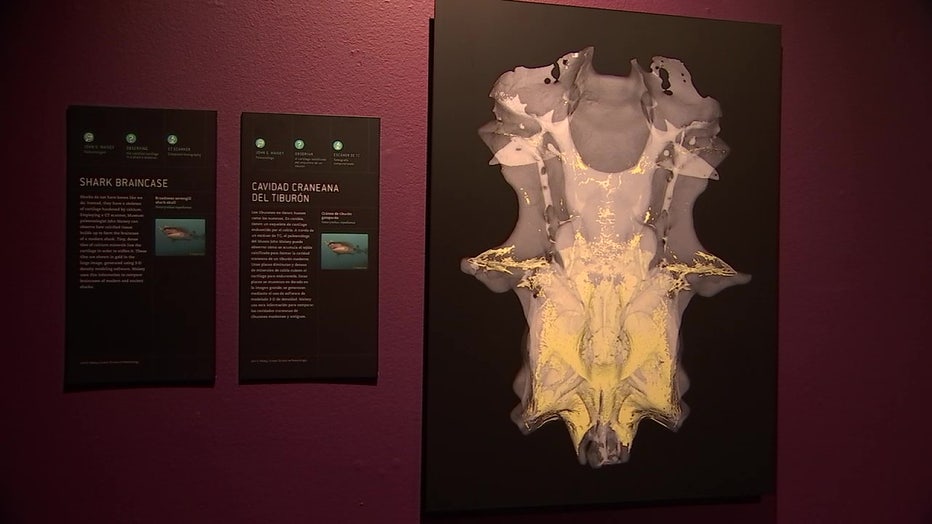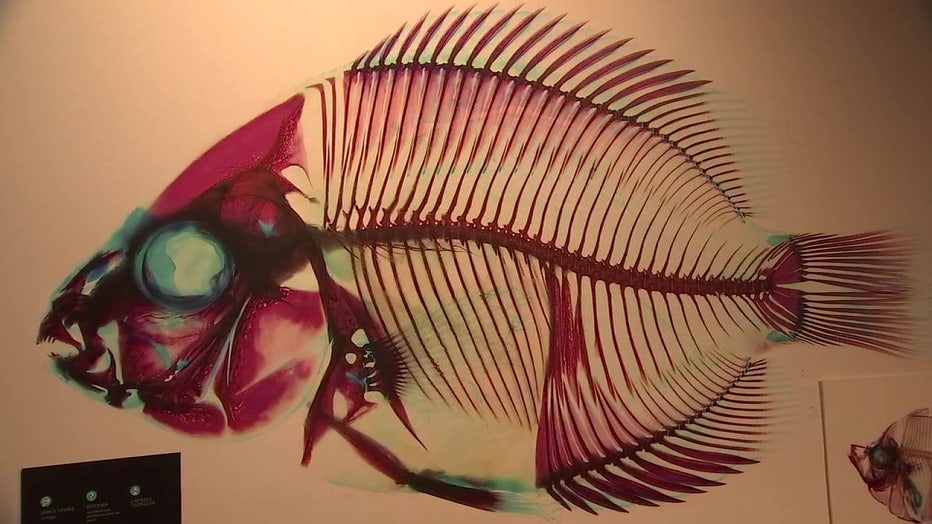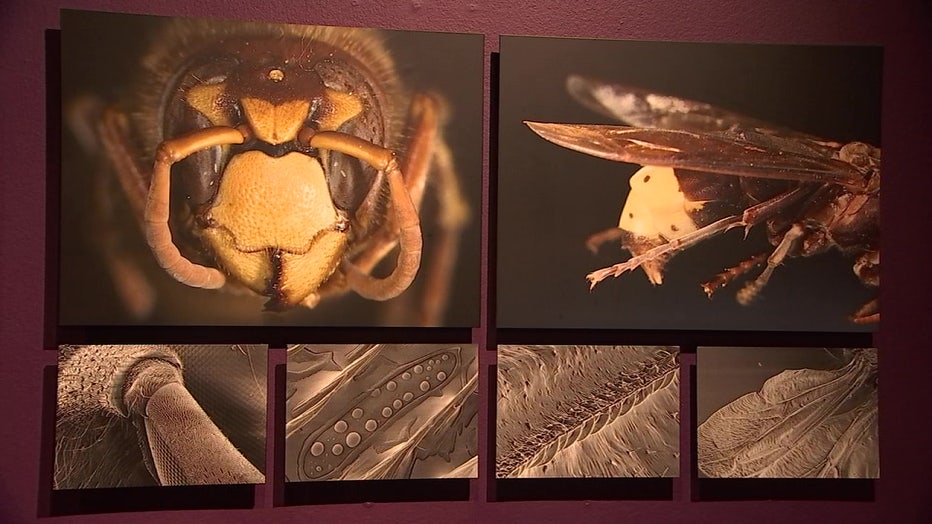Science, art intersect at Bradenton museum

Picturing science exhibit
The beauty of science is on display in a new exhibit at the Bishop Museum of Science and Nature.
BRADENTON, Fla. - A new exhibit at the Bishop Museum of Science and Nature in Bradenton explores the beauty of everything from meteorites to insects to paleontology.
It’s called ‘Picturing Science: Museum Scientists and Imaging Technologies'. The collaboration with the American Museum of Natural History in New York showcases an intersection of x-rays, CT scans and the natural world.
"While we’re excited by the science that’s developing with this, it’s also really beautiful. We can really appreciate this on an artistic level too. You come in and usually see a photograph, it usually captures you first by how cool it looks or dynamic it is and then you go and learn the science story about it," explained Tiffany La-Britt, curator of collections at the museum.
The exhibit takes a look at the use of light technology in science to make new discoveries across the spectrum.
"Technology has come a long way, and we’re seeing that scientists are using things that maybe were originally used for medical purposes like CT scanning to get a closer look at objects," La-Britt stated.

There are more than 20 sets of enlarged prints of up close end enlarged views of the hairs on a spider's foreleg to the circulatory system of a saltwater fish.
The museum has a lot of images of corals that actually fluoresce, or glow in the dark, and scientists are finding a connection between that fluorescence and uses for biomedical science and research.
READ How to capture the perfect shots of your pet
"To see through their layers, also things like 3D scanning to get three-dimensional models, images that we can share globally with other researchers that may not have been accessible before, so we’re finding new ways to use this technology to further science," La-Britt said.

The scientific applications employed have led to discoveries that help advance learning about the different subjects being studied.
"Being able to see a spider in high-definition, way up close, every little hair and particle. Learning how scanning is being used to preserve museum objects for the next generation. I think people are just fascinated by the broad spectrum of projects that are impacted by this science and then finding cool, little nuggets of information," La-Britt commented.
READ Bradenton photographer tells 'profoundly moving' story of Ukrainian refugee crisis
She says visitors have has a lot of ‘wow’ moments.

"Sometimes it’s things that maybe we don’t think are so beautiful like maybe a spider or a lizard or anything that might creep us out a little bit, but once we see it up close and see how intricate those animals are and complex they are, we maybe gain a greater appreciation and that icky factor maybe goes down for us a little bit."
The exhibit is on display until December.
Click here for more information.

